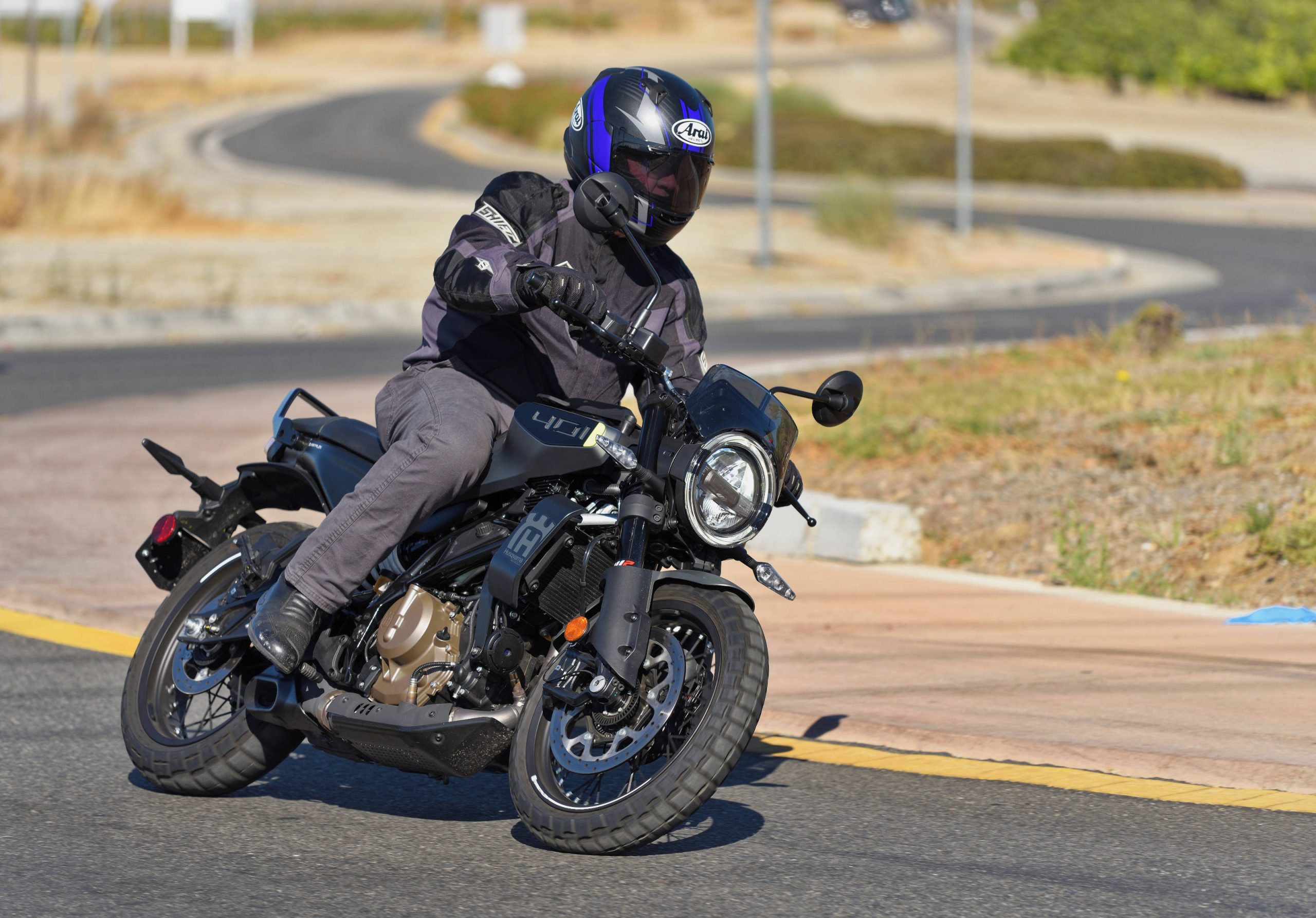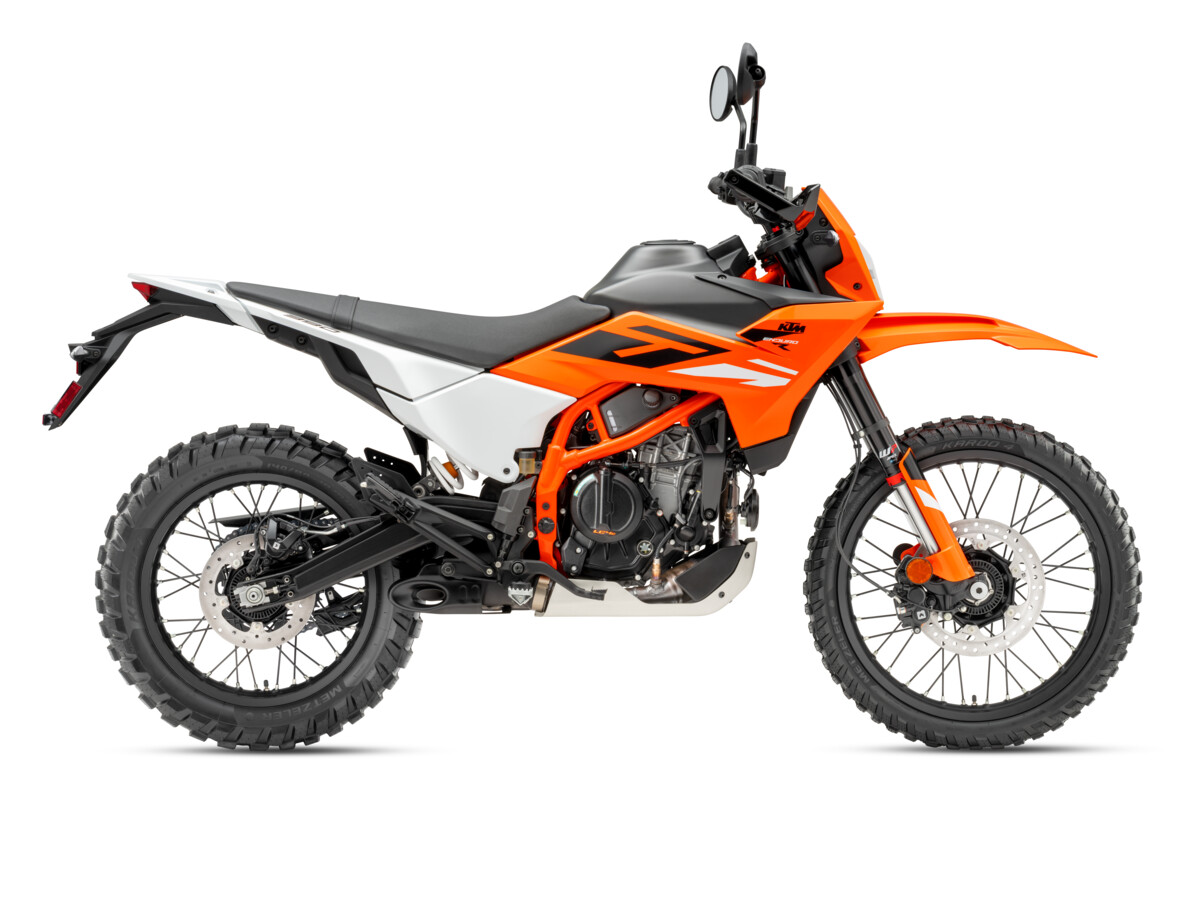PICKERINGTON, Ohio — For off-highway vehicle (OHV) manufacturers, dealers and others already suffering because of the nation’s flagging economy, a new law that repeals a de facto ban on the sale of kids’ OHVs is welcomed news, the American Motorcyclist Association (AMA) reports.
These business owners and managers say the new law will help them stay in business, and will foster the sports of motorcycling and all-terrain vehicle (ATV) riding by introducing children to a lifelong sport.
“Kids who enjoy responsible motorized recreation with their families are really the lifeblood of our sport because they grow into responsible adult riders,” said Rob Dingman, AMA president and CEO. “So the ban on the sale of children’s OHVs would have hurt businesses and dealers not only now, but into the future as well. Thanks to the outcry from individual AMA members and others, this ban is now history.”
On Aug. 12, President Barack Obama signed into law H.R. 2715 that exempts kids’ OHVs from the Consumer Product Safety Improvement Act (CPSIA) of 2008, known as the lead law.
The CPSIA, which went into effect on Feb. 10, 2009, banned the making, importing, distributing or selling of any product intended for children 12 and under, including kids’ dirtbikes and ATVs, that contained more than a specified amount of lead in any accessible part that might be ingested.
The new law is a victory that is the result of nearly three years of intensive efforts by the AMA and its partner organization, the All-Terrain Vehicle Association (ATVA), their members and millions of advocates of responsible OHV recreation.
Sean Hilbert, president of Cobra Motorcycles, which makes kids’ competition motocross machines, is happy that the long fight is over. Hilbert had feared that his company would be forced to close its doors because it wouldn’t be able to afford to comply with the testing requirements of the CPSIA.
“I’m extremely relieved that we will be able to stay in business after Dec. 31 of this year,” Hilbert said. “The question I was asked a lot is whether we could have made a motorcycle that met the requirement for lead. Eventually we could have gotten there with a lot of work and a lot of research… But the cost of compliance would have made it economically unviable to make children’s motorcycles.
“There’s never been any evidence whatsoever that kids have ingested any lead in their bloodstreams from riding a motorcycle,” Hilbert added. “So there is no safety issue with lead.”
Tim Cotter of MX Sports, which has been at the front of the fight with the AMA and others, said the law’s change will have far-reaching consequences.
“You don’t have to go very far in your economics textbook to see what this means for us,” he says of the company that runs AMA motocross qualifiers and the Loretta Lynn’s AMA Motocross National Championships. “If you can still buy minibikes, kids can still race minibikes.
“But it goes farther than that,” he says. “This will help motorcycling, both on- and off-road, to continue to grow. When you take away the ability of kids to be introduced to motorcycling before the age of 12, you probably lost those kids. They’ll be on to something else. Now the choice is still there.
“When this reared its head several years ago, I never dreamed it’d take until August 2011, to get this thing resolved,” Cotter continued. “Once we learned about it, with the AMA’s leadership and the government relations team guiding us, I believe our success is based on the success of AMA members getting organized.”
Jerry Abboud, executive director of the Powersports Dealers Association of Colorado, said the signing of the new law “brings to an end the unfortunate example of a law that simply went beyond its intended purpose and well into the private lives of parents in America concerning their right to choose and guide their children’s recreational pursuits.
“Kudos to the AMA for leading the charge and every other motorized organization, club, dealer, family and individual who made this possible through one united voice,” he said. “A tip of the hat to the bill’s sponsors and members of Congress for getting this one right.”
Bill Hearne, operating manager for Outdoor Motorsports, a dealership in Spearfish, S.D., says the ban never should have happened and took way too long for lawmakers to fix.
“But through the efforts of the AMA and a lot of other people, we got a bad thing turned around,” Hearne said. “The sad part is that when we’re trying to have economic development, thousands of dealers lost sales. It’s many millions of dollars nationwide, I’m sure.
“When you take the whole dealer market, there is always someone on the margin, just hanging on,” he said, “and for some, those 10 bikes that weren’t sold would be enough to push him over the edge, and you don’t have just the owner, but the workers too.”
Like others in the motorcycling and ATV communities, Paul Vitrano, general counsel of the Motorcycle Industry Council (MIC) and executive vice president and general counsel of the Specialty Vehicle Institute of America (SVIA), is pleased with the new law.
“We are gratified that all the powersports community’s efforts paid off. This will ensure that youth models will be available for them to ride safely with their families,” Vitrano said. “It’s very important because the youth models were created to give them appropriate-sized vehicles to enter into the sport.”
For more information, go to AmericanMotorcyclist.com.





